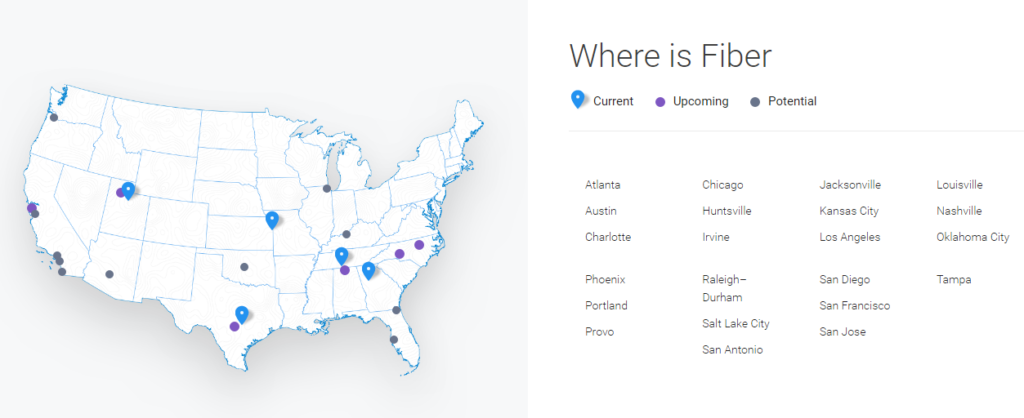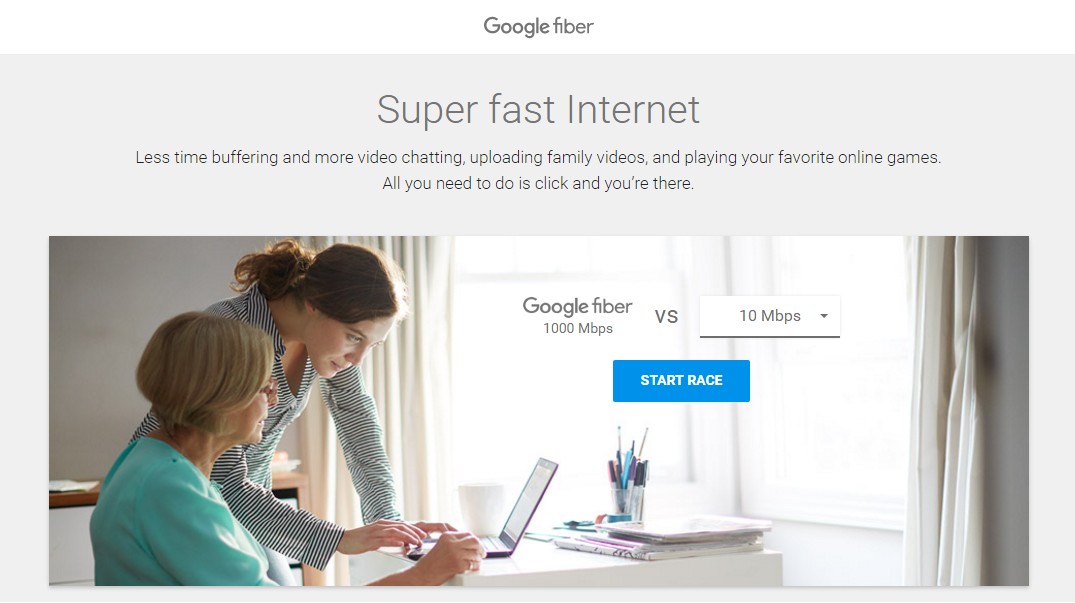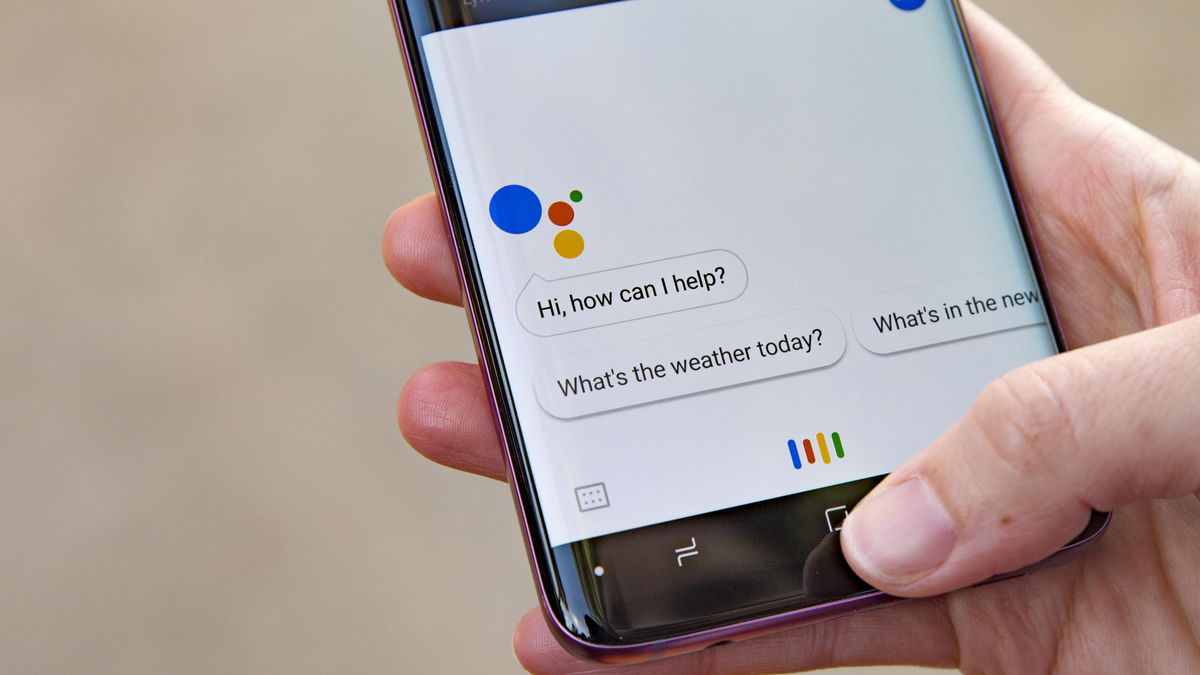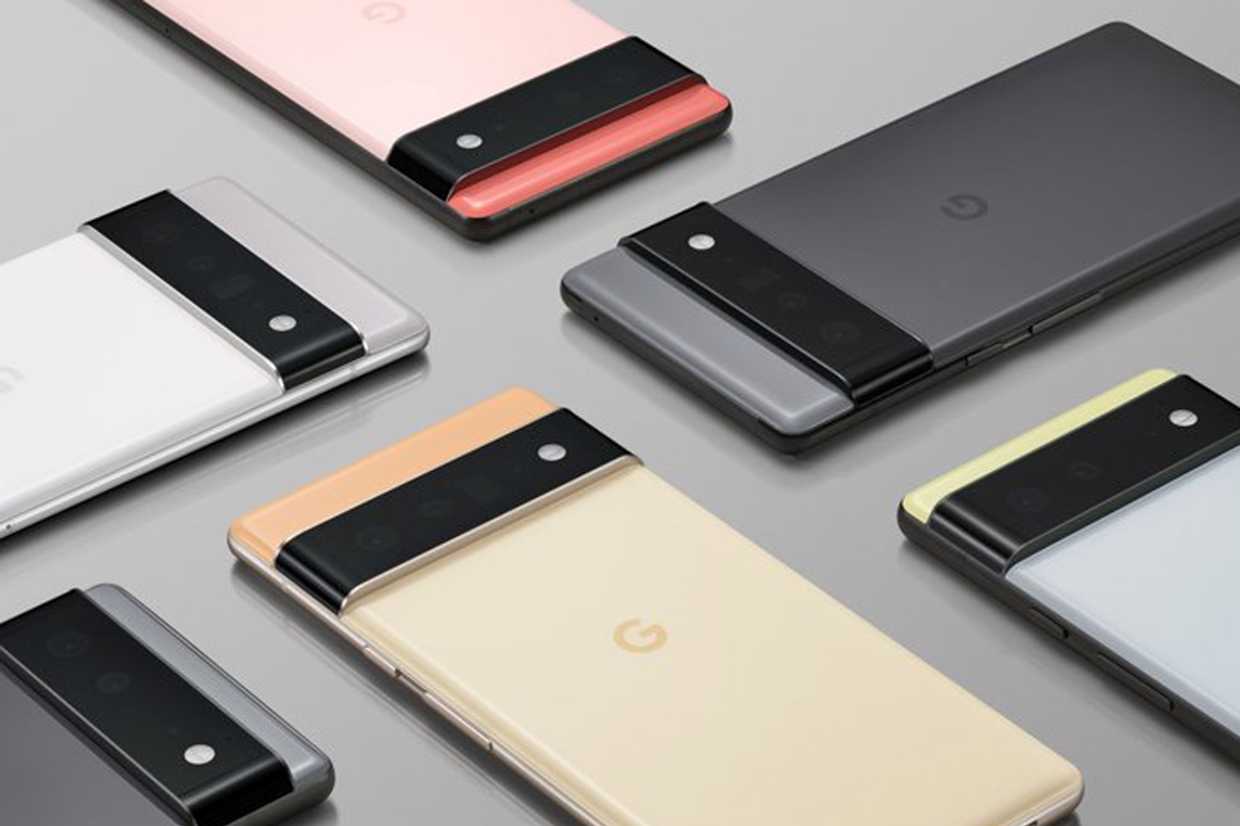This week at the Annual Shareholder Meeting, Alphabet Chairman Eric Schmidt told shareholders that the company is looking seriously at wireless technology delivering 1 Gbps internet connections.
According to a Wall Street Journal report, Schmidt is quoted as saying that “point-to-point” wireless connections are “cheaper than digging up your garden” because of enhancements in chip technology and wireless signal targeting.
 Interestingly, the internet speed he is referring to is equivalent to that of the Google Fiber unit technology that currently runs through fiber-optic cables in cities across the United States. Of note is the fact that telecom major AT&T pre-empted their effort and rolled out gigabit FTTP (Fiber to the Premises) services in 20 major cities, with plans to make the service available in 36 more locations.
Interestingly, the internet speed he is referring to is equivalent to that of the Google Fiber unit technology that currently runs through fiber-optic cables in cities across the United States. Of note is the fact that telecom major AT&T pre-empted their effort and rolled out gigabit FTTP (Fiber to the Premises) services in 20 major cities, with plans to make the service available in 36 more locations.
The one thing that has bothered me about the internet is the fact that we’re still using cables to be connected to the world wide web. Mobile technology is so advanced today that we can wirelessly get our 4G with no problems. In fact, we’re on track to getting 5G in most of the world’s major cities by or before 2020. So why are we still tangled up in cables when it comes to regular high-speed internet for home and office use?
The problem here is one of targeting, which Google intends to address. Millimeter wave spectrum is one technology that can possibly solve the issue of speed with signal strength, but it comes with its own set of problems. According to Belal Hamzeh, Director of Network Technologies at CableLabs said this during a recent event:
“Millimeter wave actually does travel far and if you do have an open area and no obstacles, 28 GHz will propagate well. If you are in a dense area like Boston or downtown New York, you have a lot of obstacles and that’s where millimeter does fail. You will need millimeter wave for 5G capacity, but to be able to provide necessary coverage, you’re going to have to have many small cells.”
And that’s just one of the reasons we’re still in a knot over wireless internet. Google’s interest in going wireless – and, for that matter, getting into the connectivity side of things – lies in their vision of organizing the world’s information and making it universally accessible. If they can make a few billion dollars in the process, then all the better for them.
Their agenda is to have Google search penetrate every corner of the globe as the default search engine. They’ve pretty much achieved that to a large extent. Now, if they can capitalize on physically delivering that data to the user, it means more top line growth over time – and that’s something Google desperately needs as vultures like Facebook greedily eye their video sharing business, and cloud operators like IBM, Microsoft and Amazon progress at a rapid pace that is leaving Google choking in the dust from their trails.
I, for one, think that Google has a fair chance at succeeding in their quest for wireless internet connectivity. However, I hope it doesn’t end up like many of their pet projects that are cool to have, but useless for all practical purposes.
Go Google Fiber..err, umm, I mean Google FiberFree?



